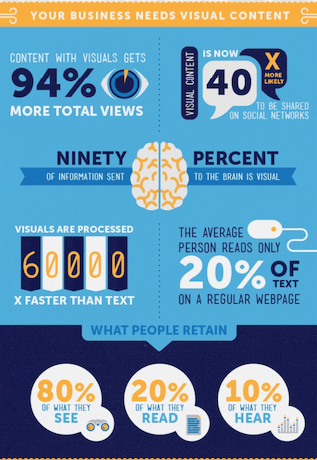Will the Art of Creative Marketing Become a Science?
Robert Keith wrote an article “The Marketing Revolution” first published in the Journal of Marketing in 1960. Keith examined the marketing practices of the Pillsbury Corporation between 1869 and 1960, almost a century of evolution. From his research, he identified four different eras of marketing that correspond to the evolution of both technology and the marketplace.
Keith called the years up to the 1930s the production era. The era was characterized by an abundance of raw materials and new technologies and mechanical processes which fueled investment in mass production. Many companies concentrated on mass producing one single item. Marketing efforts generally consisted of informational brochures and catalogs.
From the 1930s to the 1950s, companies began to get more aggressive in their search for a competitive edge. What emerged was the sales era. Sales campaigns were devised to persuade customers on the advantages of a specific product over others. The customer’s wants’ and needs became important. Evolving technology and infrastructure sparked development of distribution networks.
Brand marketing emerged during the marketing era spanning the 1950s to the 1960s which corresponded with the development of broadcast technology. Advertising began its golden age. Companies created marketing departments, and what became the art of modern marketing and advertising methodology. The brand manager emerged as the individual responsible for all marketing activities associated with a brand, and competition increased as marketers concentrated on persuasion to influence consumer purchasing.
The period from 1960 until recent years has involved an increased focus on the customer, such as identifying needs, wants and buying behaviors. Market research emerged in the form of consumer surveys and focus groups. In the 1980s, what is known as “relationship marketing” became a common marketing practice, still, very much an art form as reliable measurement tools didn’t exist.
Today, a fifth era has emerged: the era of customer data and analytical insights. Technology and data capture has enabled the science of consumer insights. A 1960’s CPG brand manager made decisions to change the packaging design based on a focus group of a dozen individuals and his or her instincts. Today, marketers have access to the collective data from millions of consumers in real time distilled into actionable insights. Marketing, once exclusively an art, has made a giant step towards evolving into a science.
Will there still be a place for creative marketing in the future or will science, and data alone drive marketing? My answer is yes. The science can tell us definitively what works and what doesn’t. That’s a potent tool. But content and messaging will always play a vital role in the marketing equation so long as people, not machines, make buying decisions.






